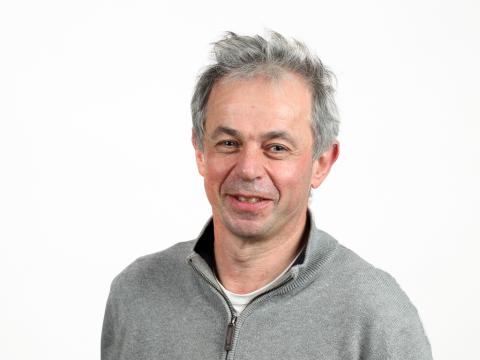Abstract
Commun Med (Lond). 2025 May 23;5(1):195. doi: 10.1038/s43856-025-00918-3.
ABSTRACT
BACKGROUND: The tumour-suppressor protein p53 can form amyloid aggregates resulting in loss of tumour-suppressing functions and leading to tumour formation. The detection of p53 aggregates in cancer cells has been demonstrated but these aggregates have not been detected in liquid biopsies to date, due to the lack of sufficiently sensitive methods.
METHODS: We developed an ultrasensitive immunoassay based on the single-molecule array (SiMoA) technology to detect p53 aggregates in plasma, based on antibody capture of the aggregates. We confirmed that the assay detects p53 aggregates using super-resolution imaging. We then investigated the p53 aggregate concentrations in the plasma of 190 pre-surgery glioblastoma (GB) patients and 22 controls using this assay.
RESULTS: We found that the plasma p53 aggregate levels are significantly elevated in pre-surgery GB patients' plasma compared to controls. Longitudinal study further reveals that p53 aggregate levels may increase before GB recurrence and decrease following treatment. We also observed raised p53 aggregate concentrations in the plasma of cancer patients with brain metastases.
CONCLUSIONS: This study demonstrates the detection of p53 aggregates in liquid biopsies. Our findings highlight the potential of p53 aggregates as a novel biomarker for glioblastoma.
PMID:40410530 | DOI:10.1038/s43856-025-00918-3
UK DRI Authors
